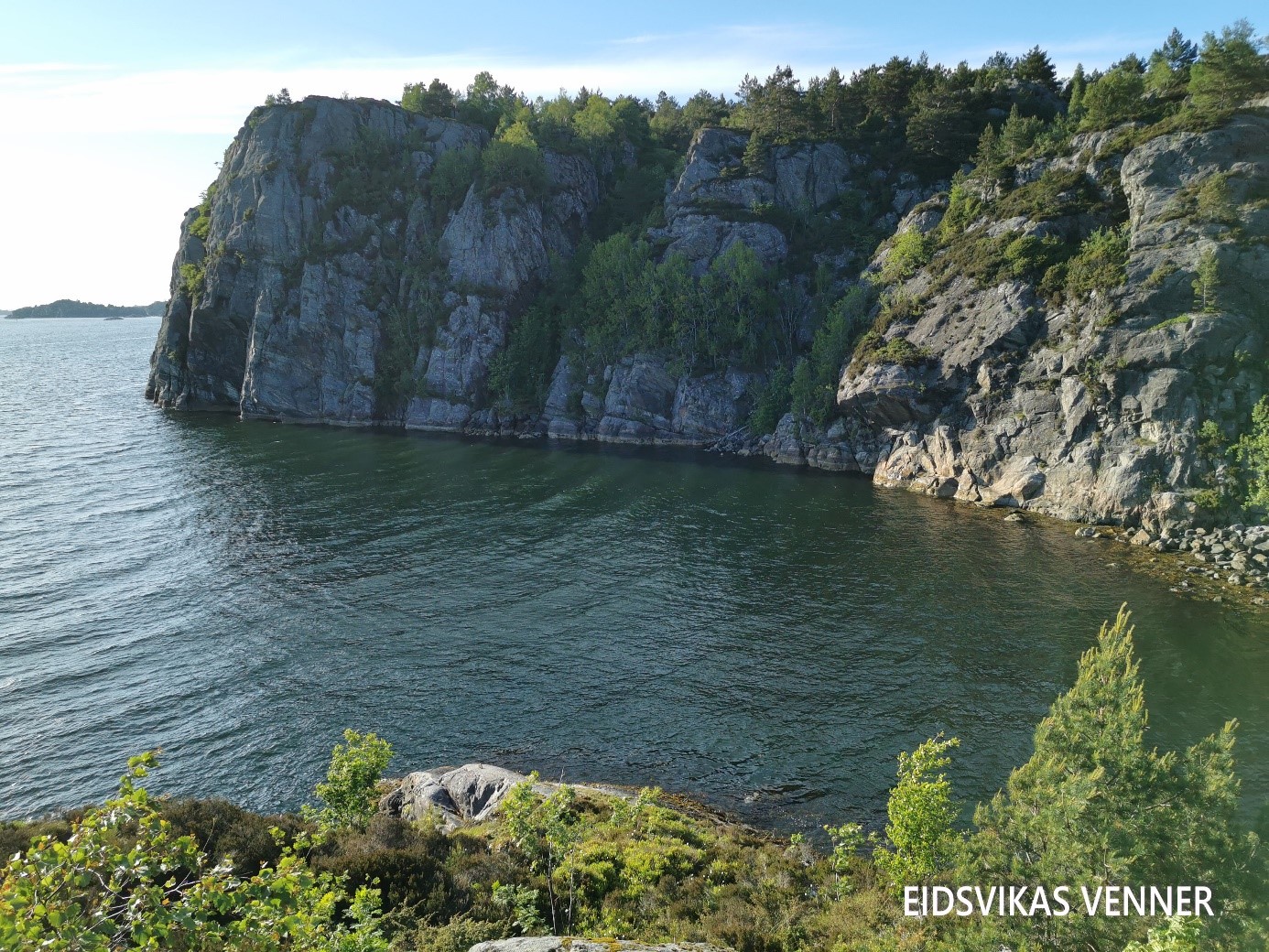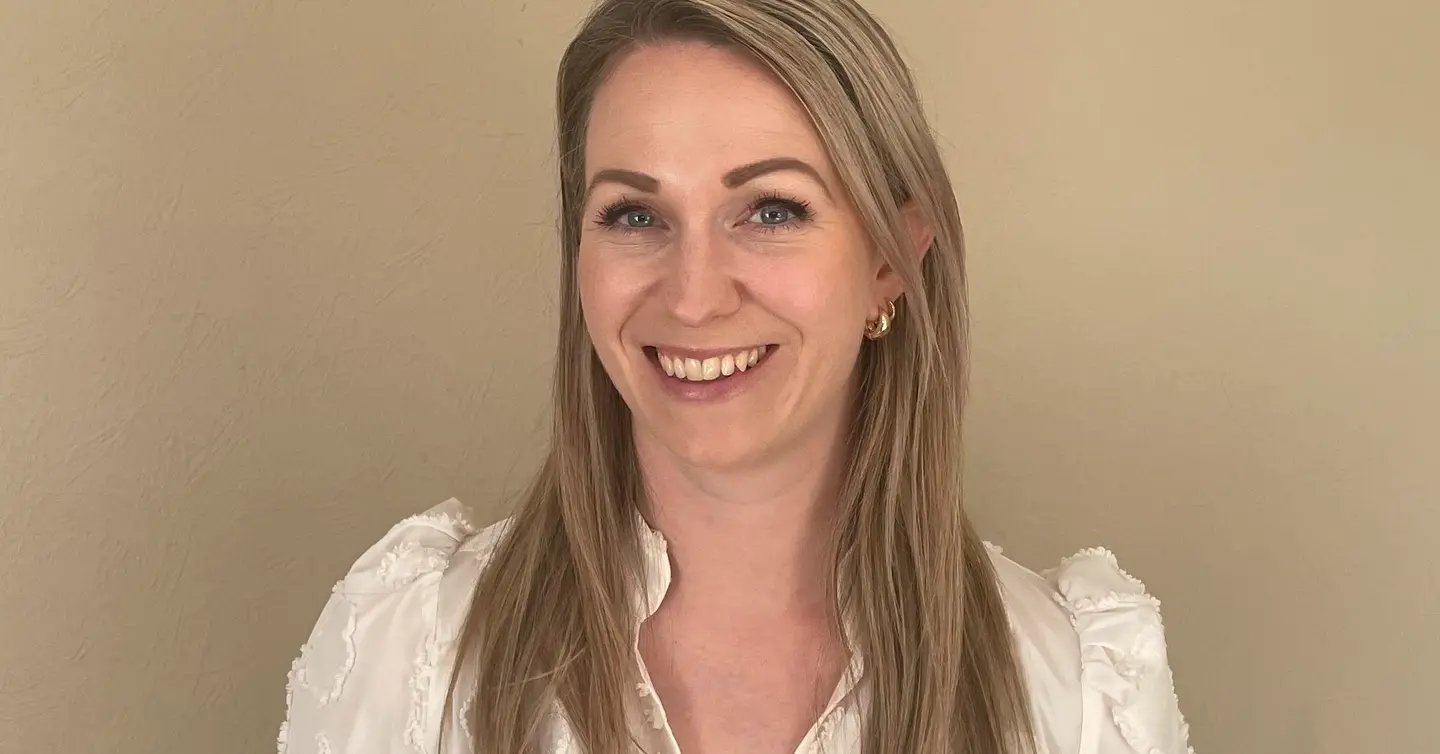Where did the lapwing go?
Twenty years ago the northern lapwing was a common bird on grassy plains and arable land. If you strayed too close it would dive down to try and chase you off. Unfortunately, it has become a rare sight in old Hordaland.
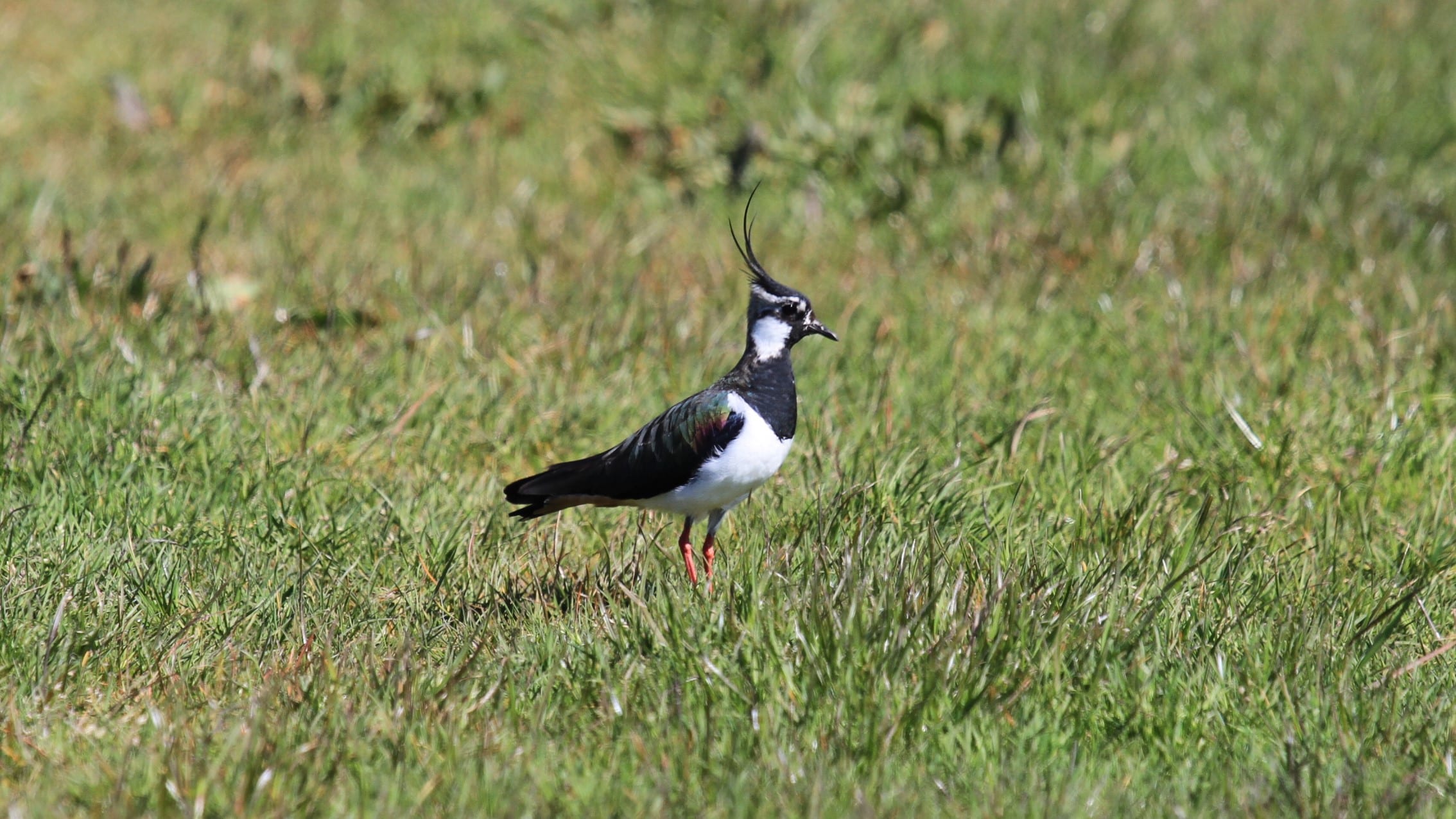 Lars Aagren
Lars AagrenNesting season lasts from March to July
The lapwing is a medium sized wader that comes to Norway to nest. The Norwegian population spend the winter on the continent and in Great Britain. Male birds arrive in Hordaland as early as late February or early March in order to find nutritious territories. When the females arrive a few weeks later, the males start performing fantastic aerial displays that are a treat to watch. The lapwings keep close to the coast these days, and are almost gone from places further inland. In 2023 nesting lapwings were observed in 13 municipalities in Hordaland. The biggest colony is located in Herdla nature reserve in Askøy municipality, as well as south in Kvinnherad. In some municipalities there are only a few pairs left, and they will likely disappear within a few years.
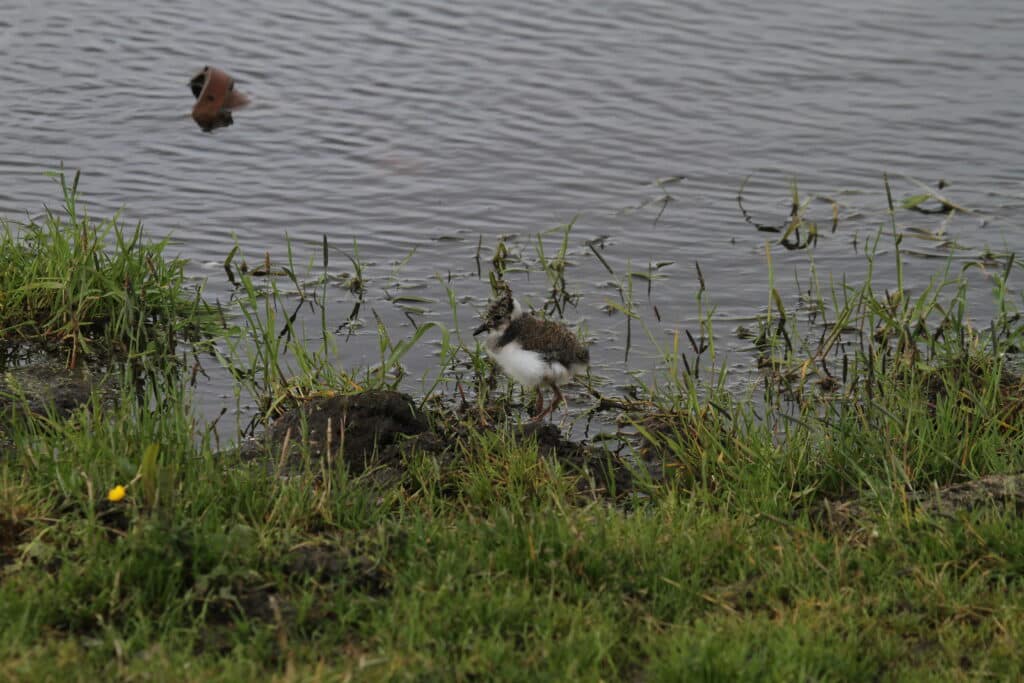 Lars Aagren
Lars AagrenIndependent lapwing chicks
The lapwing lays three to four eggs in the beginning of April. The female brood most of the time, but get relief from the male when it’s time to capture its favourite food, earthworms. Did you know that the lapwing has barbs in its beak? That way it can easily hold onto the worm. After 29 days the chicks hatch. The parents take care of them, but the babies must find their own food from day one. As they grow up they are vulnerable to predators, crows, seagulls, foxes and minks, but the parents aggressively defend the nest against intruders. After six weeks, the chicks are ready to fly.
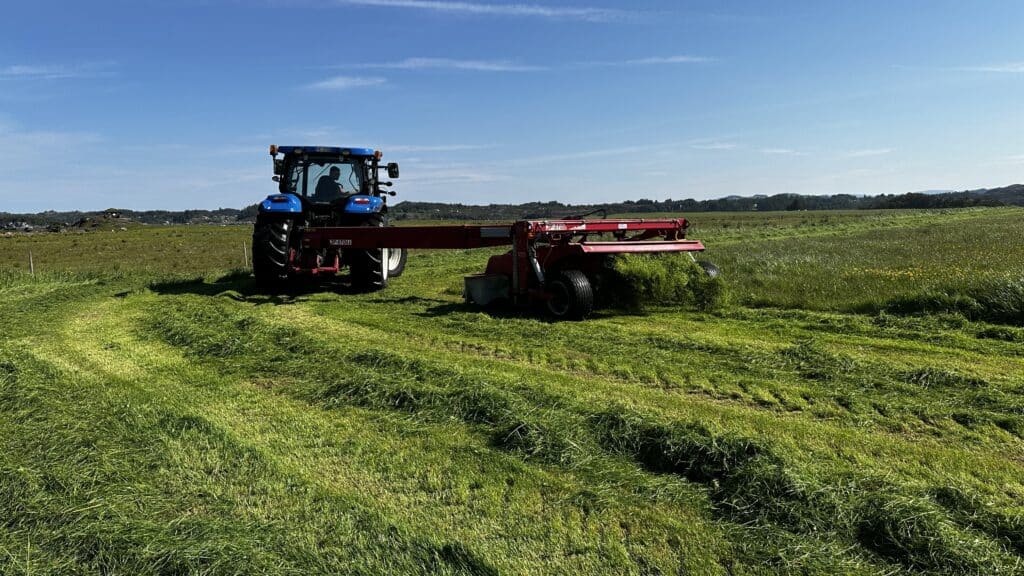
The lapwing could disappear from Norway
Over the last two decades the lapwing population has decreased dramatically, and is now listed as critically endangered. The lapwing prefers open fields, often agricultural fields. Scientists point to the closure of smallholdings, and intensive operation of arable lands as two causes for the decline. The lapwing population has over the last 15 to 20 years fallen a total of 85%. That does not bode well if the trend continues. The lapwing can disappear entirely from Norway within three lapwing generations, which correspond to 18 years.
Farmers can be the key
If you are a farmer and want to help the lapwings, you can easily facilitate successful nesting. In several agricultural areas in Hordaland lapwing nests are marked with bamboo sticks, and the nests are protected by a bucket or round lid during fertilisation. During the first harvest it is important to be lapwing friendly, so the chicks have ways to escape. Start with a few rounds around the edges, then harvest from the middle and out. In 2023 this method showed good results at Herdla: offspring from lapwings, redshanks, and mallards ware able to find their way out of the field and avoid the machinery.
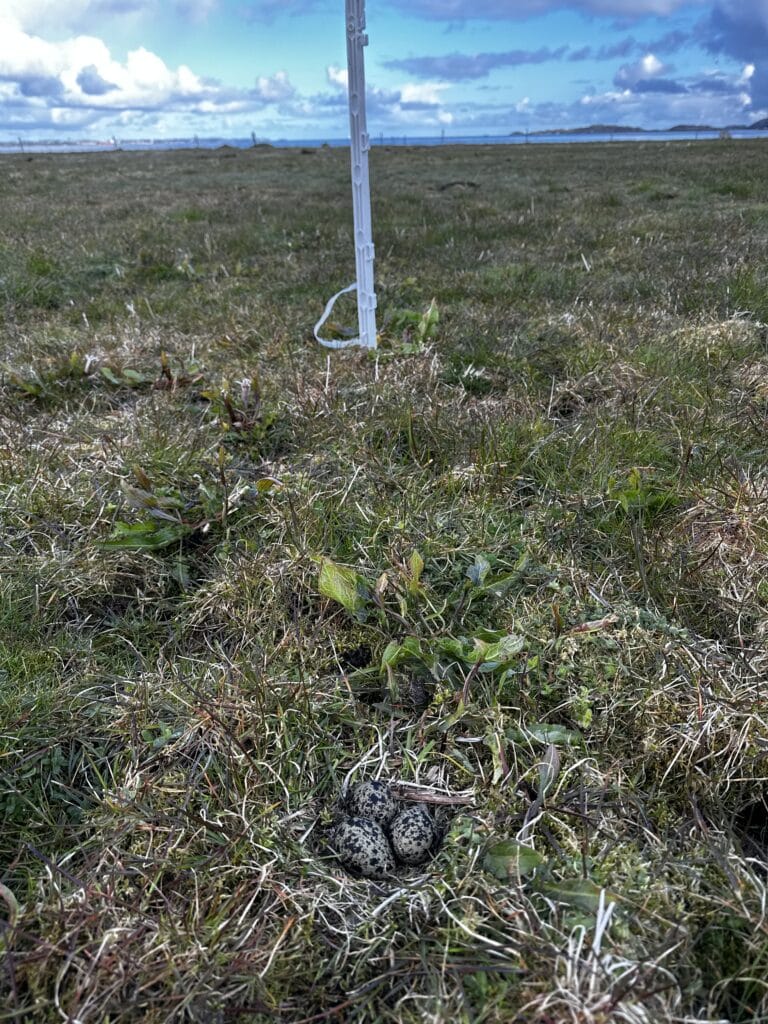
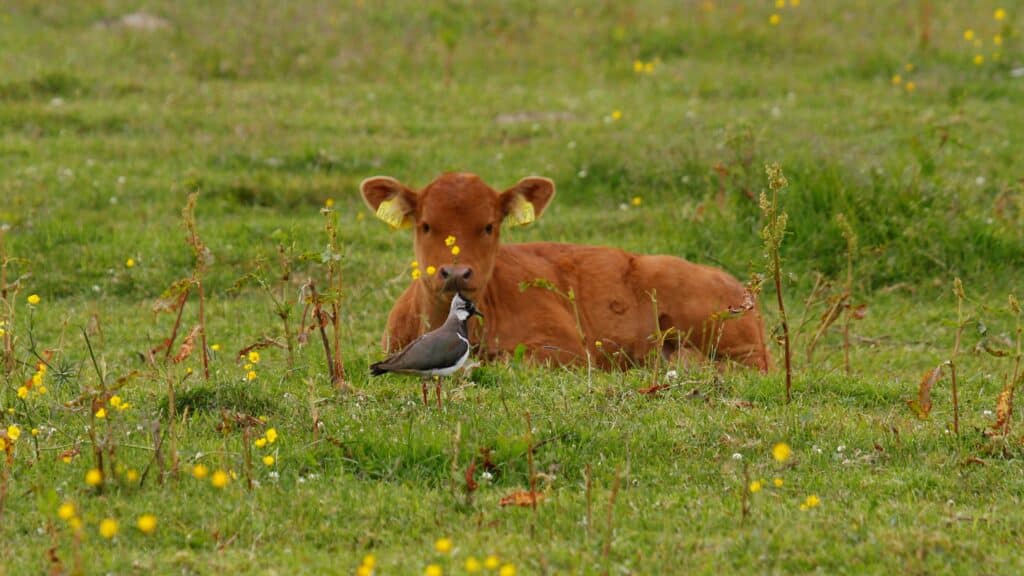 Lars Aagren
Lars AagrenYou can help!
Knowledge about where in Hordaland the lapwing has their nests is important in order to ensure good nesting conditions. The project Protect the Lapwing (Vern Vipa) Hordaland works together with landowners and volunteers to improve nesting areas for the lapwing. There are good subsidies for those who actively work to ensure that the nest is protected from agricultural activities.
Volunteers can report lapwing observations on artsobservasjoner.no or by sending an email to vipe@fuglar.no If you are extra eager we can assign you an area where you can look out for the exiting life of the lapwing this spring. In Nordhordaland there are many good nesting sites, but we lack interested volunteers to watch them. Could that person be you?
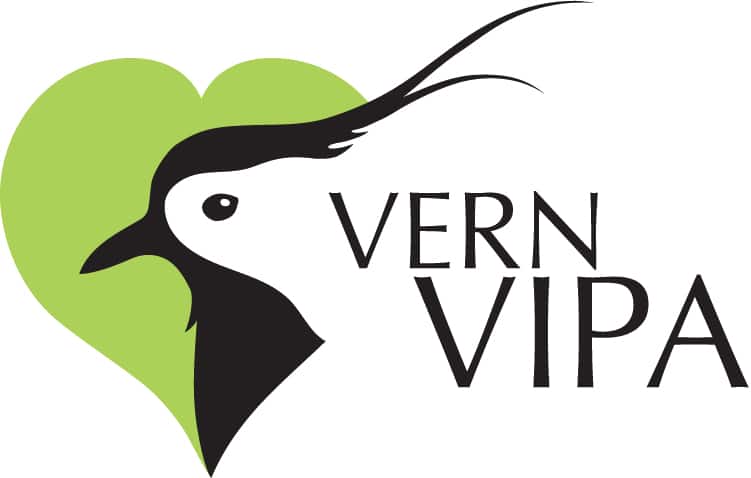
Text by Lars Ågren, BirdLife Norge, Bergen lokallag
News in English
Thanks to our volunteers, we have a number of articles in English.

